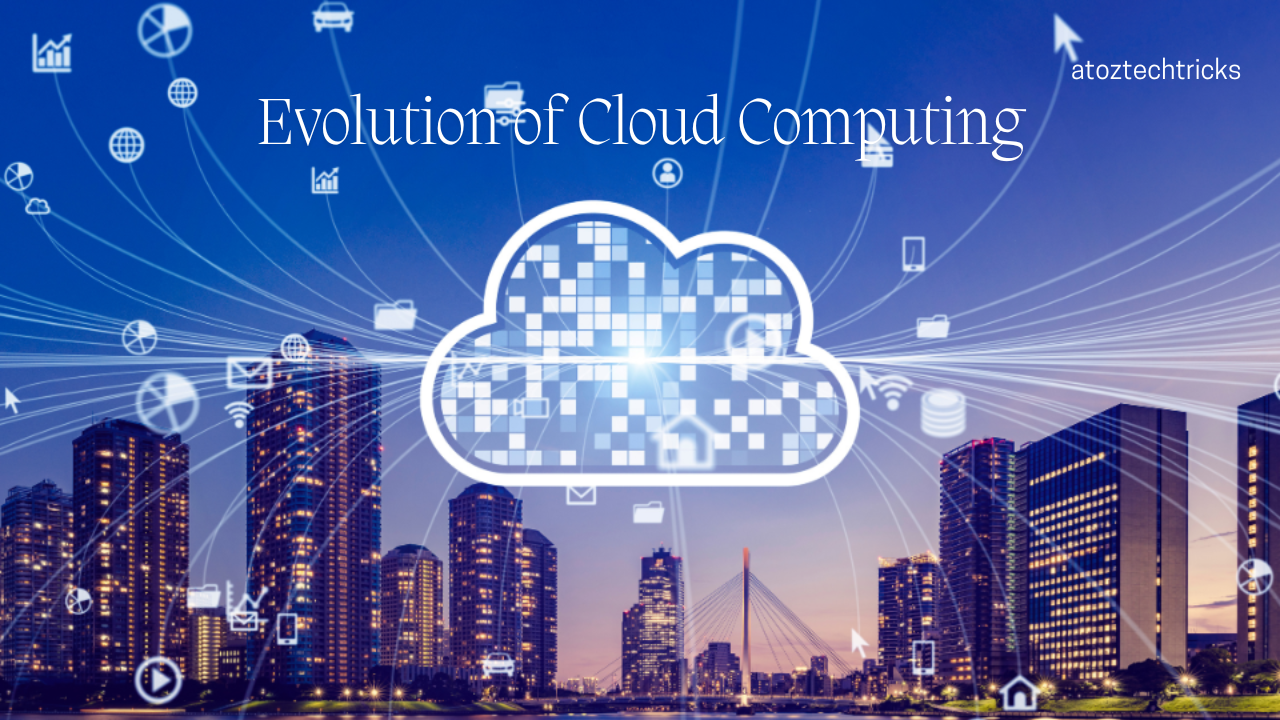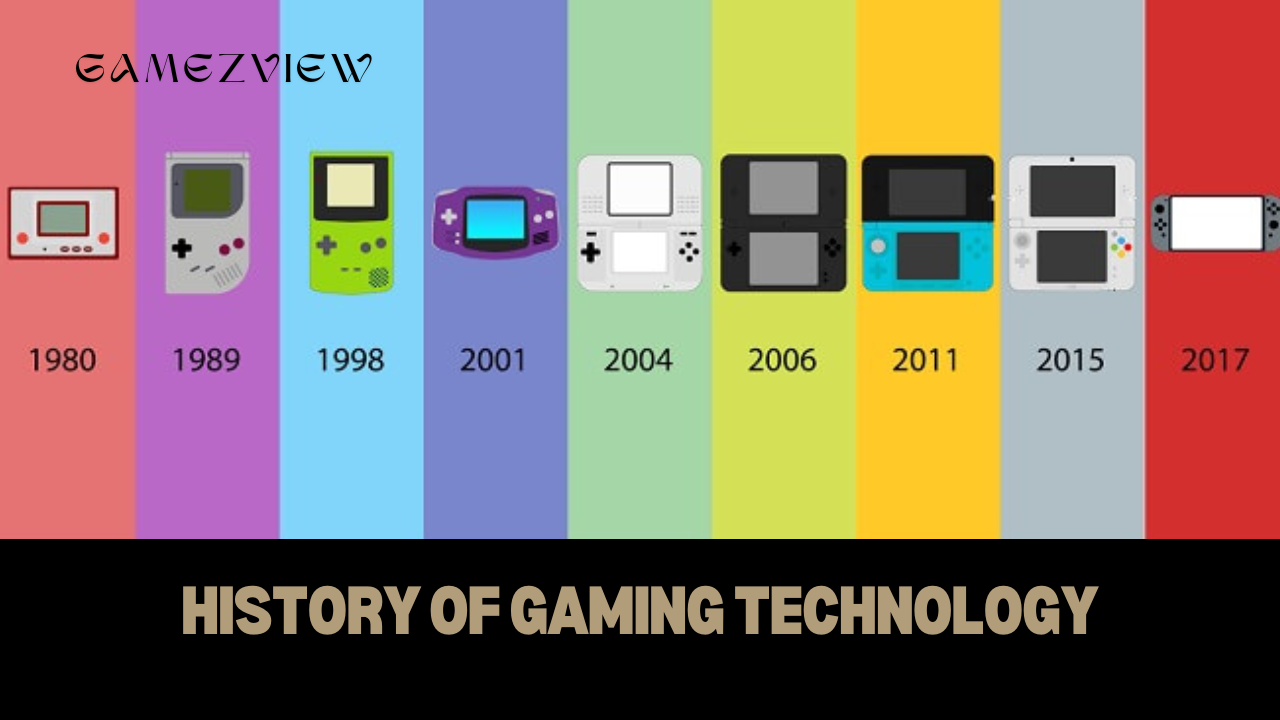Cloud computing has come a long way since its inception, revolutionizing the way we store, process, and access data. From its early beginnings to its current state, the cloud has continually evolved, offering increasingly sophisticated solutions to meet the needs of individuals and businesses alike. In this comprehensive exploration, we will trace the evolution of cloud computing and examine the emerging trends and technologies that are shaping the future of the cloud.
1. The Origins of Cloud Computing
Cloud computing’s origins can be traced back to the 1960s when computer scientist John McCarthy first proposed the concept of computing as a utility. McCarthy envisioned a future where computing resources would be as easily accessible as electricity or water. However, it wasn’t until the late 1990s and early 2000s that cloud computing began to take shape in the form we recognize today.

In 1999, Salesforce.com launched its customer relationship management (CRM) platform, marking one of the first instances of software-as-a-service (SaaS). This innovation allowed businesses to access software applications over the Internet rather than installing them on local servers. The concept of cloud computing gained further traction with Amazon Web Services (AWS), which launched its Elastic Compute Cloud (EC2) service in 2006. AWS’s introduction of Infrastructure-as-a-Service (IaaS) provided businesses with scalable computing resources on-demand.
Cybersecurity Threats in the Digital Age: How to Stay Safe Online
2. The Growth of Cloud Computing
As cloud computing began to mature, several key developments contributed to its widespread adoption:
2.1 The Emergence of Public Cloud Providers
The early 2010s saw the rise of major public cloud providers such as Google Cloud Platform, Microsoft Azure, and IBM Cloud. These providers offered a range of services, from computing power to storage and databases, accessible over the internet. Public clouds allow organizations to leverage the benefits of cloud computing without the need to invest in and maintain their physical infrastructure.
2.2 The Rise of Hybrid and Multi-Cloud Strategies
With the growing complexity of IT environments, organizations began adopting hybrid and multi-cloud strategies. A hybrid cloud combines on-premises infrastructure with public cloud resources, allowing businesses to maintain control over sensitive data while benefiting from the scalability of the cloud. Multi-cloud strategies involve using multiple cloud providers to avoid vendor lock-in and enhance redundancy and resilience.
2.3 Advances in Cloud Security
As cloud adoption increased, so did security concerns. Cloud providers invested heavily in developing advanced security measures, including encryption, identity and access management, and compliance certifications. The focus on security has been critical in building trust and ensuring that sensitive data remains protected in the cloud.

3. Current Trends in Cloud Computing
The landscape of cloud computing is continually evolving, with several key trends shaping its current state:
3.1 The Rise of Edge Computing
Edge computing is an emerging trend that involves processing data closer to the source of generation rather than relying solely on centralized cloud servers. This approach reduces latency and improves the performance of applications that require real-time processing, such as IoT devices and autonomous vehicles. Edge computing complements cloud computing by distributing computing resources across the network edge, enhancing overall efficiency.
3.2 Serverless Computing
Serverless computing, also known as Function-as-a-Service (FaaS), allows developers to build and deploy applications without managing the underlying infrastructure. In a serverless model, cloud providers handle the allocation of computing resources dynamically based on demand. This approach enables developers to focus on writing code and developing functionality, while the cloud provider manages the scaling and maintenance of the infrastructure.
3.3 Artificial Intelligence and Machine Learning Integration
Cloud computing has become a catalyst for the growth of artificial intelligence (AI) and machine learning (ML). Cloud providers offer AI and ML services that enable organizations to leverage advanced algorithms and data analytics without investing in specialized hardware. These services include natural language processing, image recognition, and predictive analytics, making it easier for businesses to harness the power of AI and ML.
3.4 The Growing Importance of Cloud-Native Technologies
Cloud-native technologies, such as containerization and microservices, have gained prominence as organizations seek to build and deploy applications in a more agile and scalable manner. Containers, like Docker, provide a lightweight and portable way to package applications and their dependencies, while microservices architecture allows for modular development and deployment. These technologies are crucial for enabling continuous integration and continuous delivery (CI/CD) pipelines, enhancing overall development efficiency.
4. The Future of Cloud Computing
As we look to the future, several emerging trends and technologies are set to drive the next phase of cloud computing’s evolution:
4.1 Quantum Computing
Quantum computing represents a significant leap forward in computational power, with the potential to solve complex problems that are currently intractable for classical computers. Quantum computers leverage the principles of quantum mechanics to perform calculations at unprecedented speeds. While still in its early stages, quantum computing is expected to have a profound impact on fields such as cryptography, drug discovery, and optimization problems. Cloud providers are already exploring ways to offer quantum computing as a service, making this cutting-edge technology more accessible.
4.2 5G and Cloud Integration
The rollout of 5G technology promises to revolutionize connectivity with higher speeds, lower latency, and greater bandwidth. The integration of 5G with cloud computing will enable new applications and services that require real-time data processing and low-latency communication. This includes advancements in areas such as augmented reality (AR), virtual reality (VR), and the Internet of Things (IoT). The combination of 5G and cloud computing will facilitate the development of innovative solutions that rely on seamless and high-performance connectivity.
4.3 Enhanced Cloud Security and Privacy
As cloud computing continues to evolve, security and privacy will remain top priorities. Future developments are expected to focus on enhancing cloud security through advanced encryption techniques, zero-trust architectures, and improved threat detection and response mechanisms. Privacy concerns will drive the adoption of privacy-preserving technologies, such as federated learning and secure multi-party computation, which enable data analysis while maintaining data confidentiality.
4.4 Sustainability and Green Cloud Computing
With growing awareness of environmental issues, there is an increasing focus on sustainability within the cloud computing industry. Cloud providers are investing in green initiatives to reduce their carbon footprint, such as utilizing renewable energy sources and improving energy efficiency in data centres. The future of cloud computing will likely involve a greater emphasis on sustainability, with organizations seeking to minimize their environmental impact while leveraging cloud services.
Cloud computing has undergone a remarkable evolution since its inception, transforming the way we approach technology and data management. From the early days of SaaS and IaaS to the current trends of edge computing, serverless architectures, and AI integration, the cloud has continually adapted to meet the evolving needs of users and businesses.
Navigating the World of Internet of Things (IoT): Opportunities and Challenges
Looking ahead, the future of cloud computing holds exciting possibilities, including advancements in quantum computing, the integration of 5G, enhanced security and privacy measures, and a focus on sustainability. As these trends continue to unfold, cloud computing will remain at the forefront of technological innovation, shaping the way we live and work in the digital age.
Whether you’re a business leader, developer, or technology enthusiast, staying informed about the latest developments in cloud computing will be essential for navigating the ever-changing landscape and harnessing the full potential of this transformative technology.




